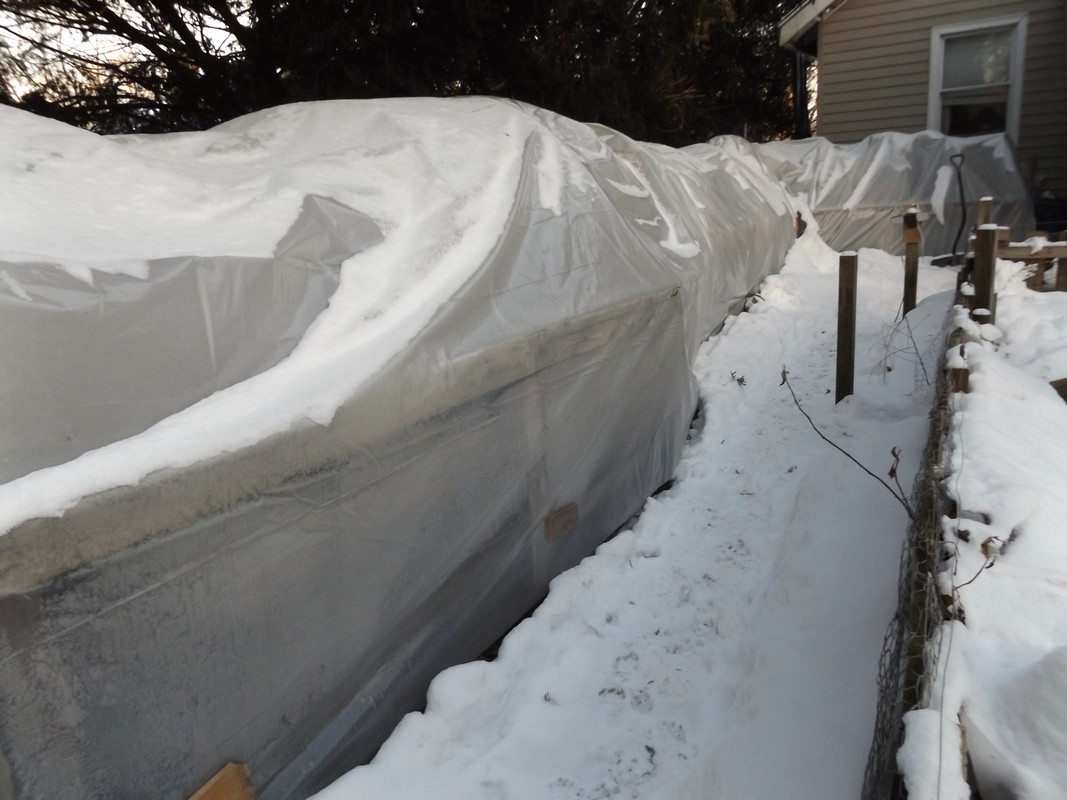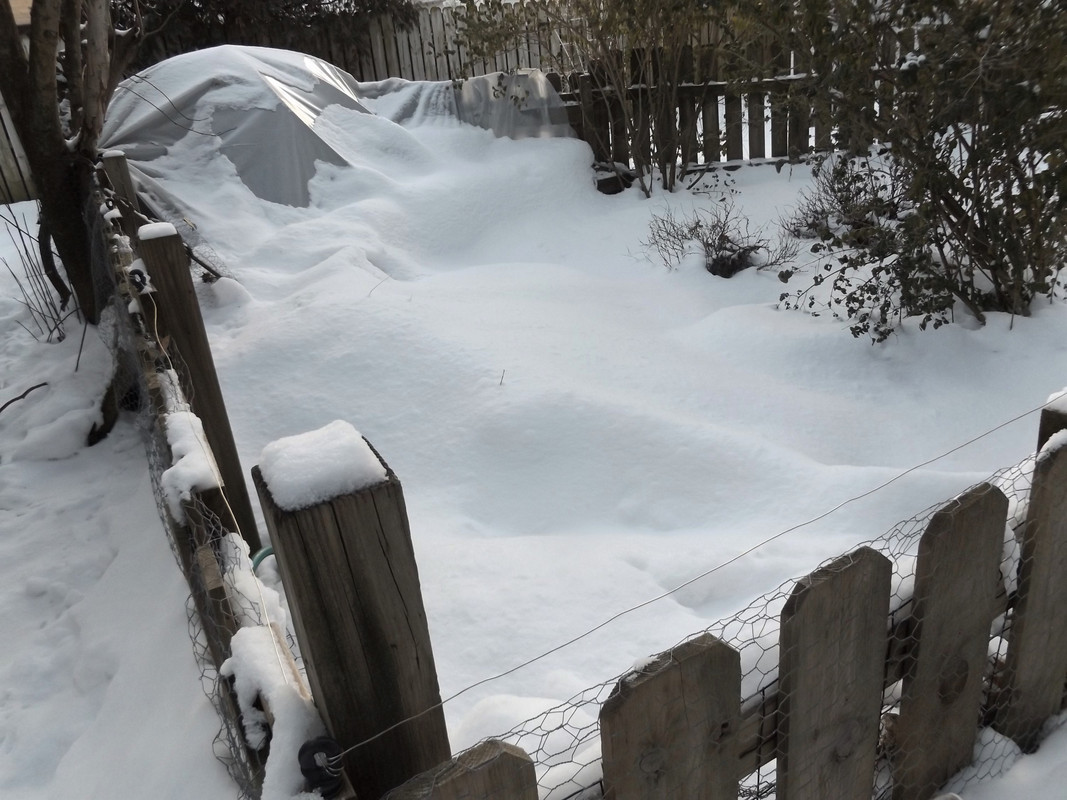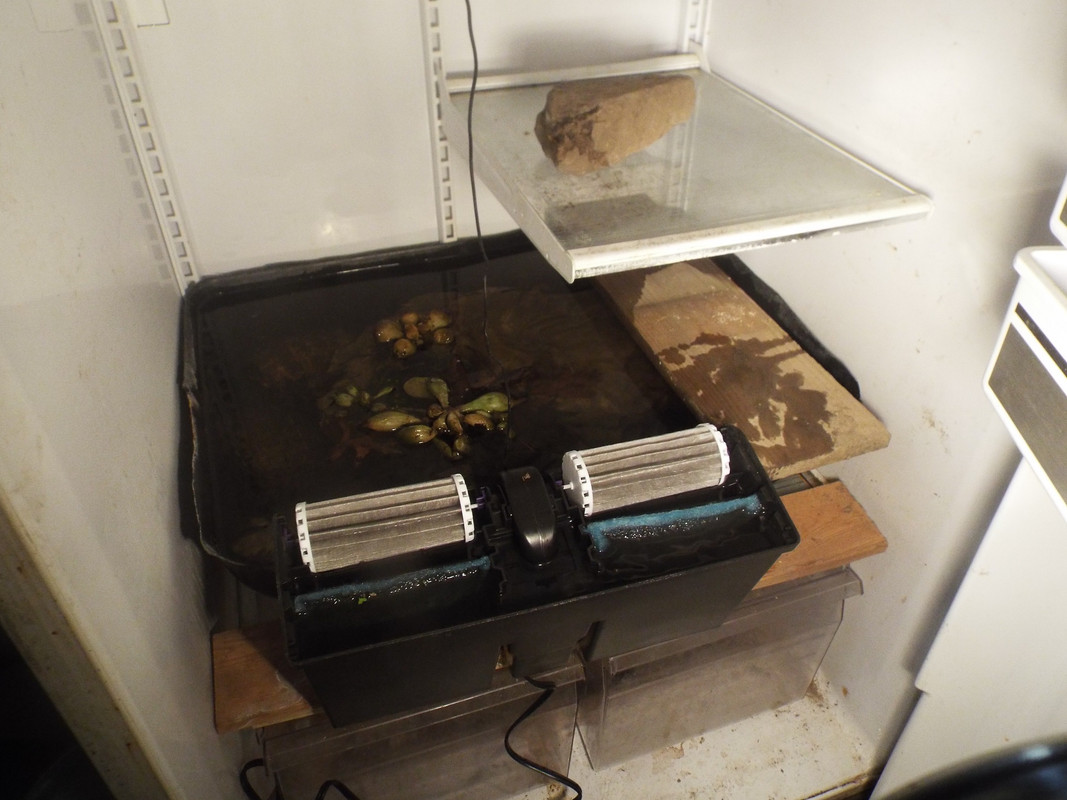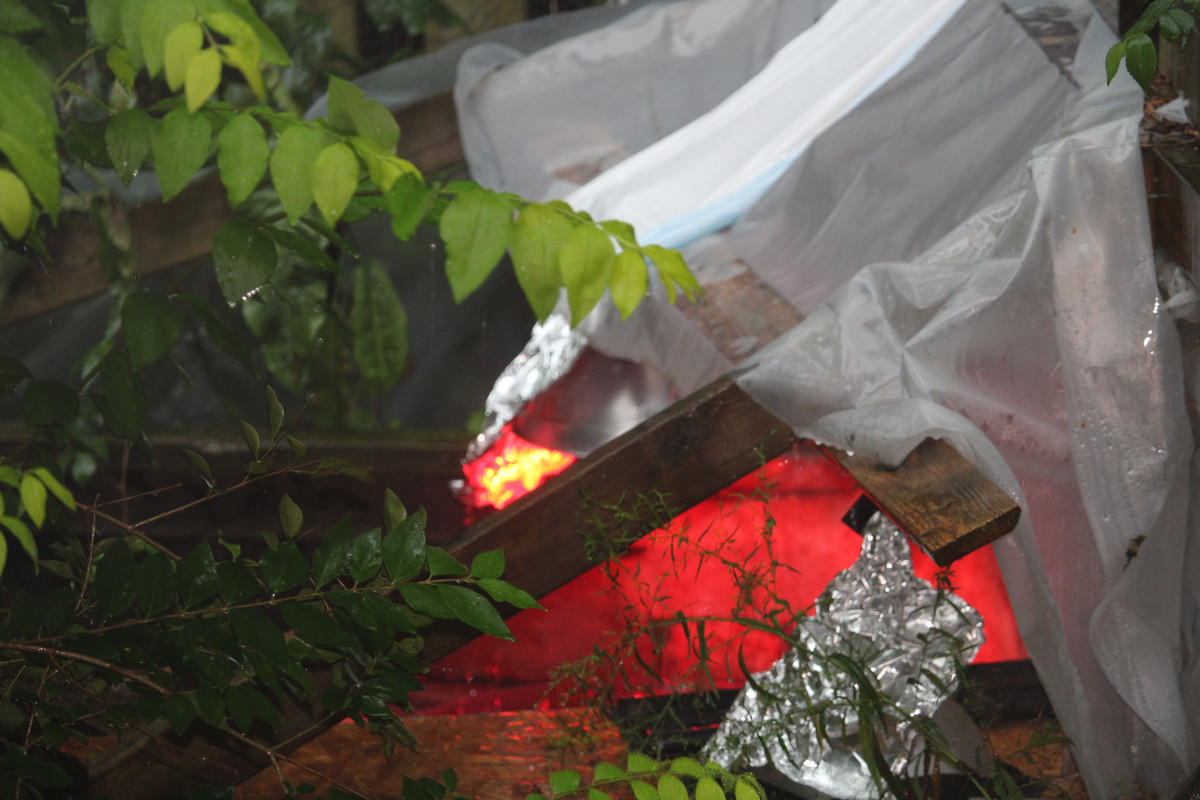Wayfarin
Member
Hello again!
As I've been discussing on this forum, we have a red-eared slider, Teresa, who has been a "house turtle" for years.
Her husbandry conditions aren't the best, and keeping her conditions clean constantly is difficult due to this (her housing is too small).
I've been discussing housing her outside for a long time, ideally in an elaborate raised bed aquatic setup.
This idea isn't devoid of its own challenges, though.
We live in northern New Hampshire. We have a "vegetable hardiness zone" of 4, with winters as low as -30 degrees F, although seldom below -20.
Pond sliders originated in the southern states, and online pet care sources say that the turtles require temperatures around 75-85 degrees Fahrenheit at all times. This kind of confuses me though, since sliders clearly exist in colder climates in some parts of their range.
Winter weather is not as much of an issue, though, since we can always bring her back inside when the temperatures start to drop (in a better aquarium).
The real problem is actually the spring and summer temperatures. After dark, the temperatures can drop down below 50 degrees, especially in early spring.
Again, I'm kind of confused about the temperature requirements of red-eared sliders. Their native range stretches as far north as Indiana and Illinois, which don't typify the warmest states in the US. They also established themselves in Maine, and are now illegal in our neighboring state.
Doubtless they encounter temperatures below 50 degrees Fahrenheit in the wild.
But perhaps pet red-eared sliders aren't as resilient as their wild relatives. Whatever the reason, would there be any way to acclimate her to the different conditions outside? Or perhaps we might need to invest in an outdoor pond heater.
But almost all the ones I find online are "deicers" rather than heaters, and I don't even know if these work well during the spring and summer months.
Regardless of the specifics, would there be any way for us to acclimate Teresa to the outdoors? Can she even tolerate the differing conditions?
And should she require supplemental heating, any suggestions for a good, high-performance heater that will work in the summertime?
As is usual, any input would be appreciated.
Thanks! God bless!
As I've been discussing on this forum, we have a red-eared slider, Teresa, who has been a "house turtle" for years.
Her husbandry conditions aren't the best, and keeping her conditions clean constantly is difficult due to this (her housing is too small).
I've been discussing housing her outside for a long time, ideally in an elaborate raised bed aquatic setup.
This idea isn't devoid of its own challenges, though.
We live in northern New Hampshire. We have a "vegetable hardiness zone" of 4, with winters as low as -30 degrees F, although seldom below -20.
Pond sliders originated in the southern states, and online pet care sources say that the turtles require temperatures around 75-85 degrees Fahrenheit at all times. This kind of confuses me though, since sliders clearly exist in colder climates in some parts of their range.
Winter weather is not as much of an issue, though, since we can always bring her back inside when the temperatures start to drop (in a better aquarium).
The real problem is actually the spring and summer temperatures. After dark, the temperatures can drop down below 50 degrees, especially in early spring.
Again, I'm kind of confused about the temperature requirements of red-eared sliders. Their native range stretches as far north as Indiana and Illinois, which don't typify the warmest states in the US. They also established themselves in Maine, and are now illegal in our neighboring state.
Doubtless they encounter temperatures below 50 degrees Fahrenheit in the wild.
But perhaps pet red-eared sliders aren't as resilient as their wild relatives. Whatever the reason, would there be any way to acclimate her to the different conditions outside? Or perhaps we might need to invest in an outdoor pond heater.
But almost all the ones I find online are "deicers" rather than heaters, and I don't even know if these work well during the spring and summer months.
Regardless of the specifics, would there be any way for us to acclimate Teresa to the outdoors? Can she even tolerate the differing conditions?
And should she require supplemental heating, any suggestions for a good, high-performance heater that will work in the summertime?
As is usual, any input would be appreciated.
Thanks! God bless!
Last edited:





